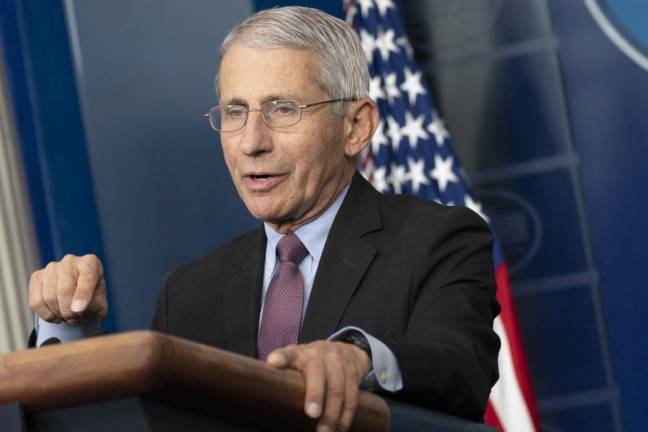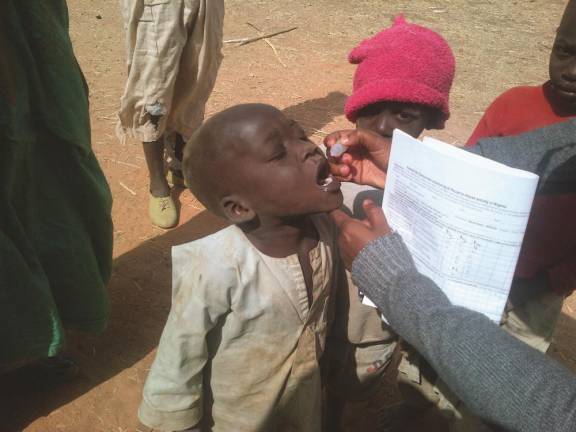Verifying Valuable Vaccines
Several products are already in testing around the world. How will the public react?


Suppose they made a vaccine and no one would take it?
A raft of recent polls show that’s not impossible. In fact, if Operation Warp Speed program does produce a COVID-19 vaccine this fall, as many as 50 percent of Americans say they would just say, No.
To some extent, the refuseniks are simply anti-vax people. Others believe President Trump’s oft-stated assertion that the virus will eventually just go away on its own. But there is also a sizable number of Americans who think things are moving too fast.
Ordinarily, creating a new vaccine can take anywhere from the fastest ever five years for Ebola to 20 years for polio, and probably never for the common cold because it would take 300 vaccines to protect you against the estimated 300 viruses making you sneeze. Don’t hold your breath.
That being said, there are three basic types of viral vaccines: Live, inactivated, and genetically engineered.
The first uses a weakened (aka attenuated) virus or bacterium to trigger the production of antibodies without making you sick. The measles, mumps, rubella, smallpox, and chickenpox vaccines are all live virus vaccines.
The second kind of vaccine uses killed viruses, again to provoke an immune reaction without illness. Inactivated vaccines such as those for the for flu, hepatitis A, and rabies are weaker than live vaccines, so they usually require booster shots every few years.
Genetically engineered vaccines, the newest potential protectors, deliver viruses whose genes have been altered so that the part that enable the microbe to break into body cells and reproduce themselves doesn’t work. To date, no such vaccines have been approved for human use but that seems about to change. As Dr. Vanessa Raabe, assistant professor of pediatric infectious diseases at NYU Langone’s Vaccine Center notes, several such products are already in trials around the world.
Test for Safety
And that’s important. Whether live, inactivated, or genetically modified, to be licensed in the United States, a vaccine must go through three phases of testing. Phase I is the simple safety trial in which the vaccine is administer to a group as small as 45 volunteers to make sure it does not produce immediate serious adverse effects. Phase II expands the group to several hundred or more volunteers, again to test for safety but also to see if the vaccine actually works against the disease. Phase III is where things get really serious with tests on thousands of people of all ages and ethnicities. Finally, in Phase IV, the vaccine is approved by the Food and Drug Administration (FDA).
From start to finish, this usually takes four or more years, but the COVID-19 pandemic has convinced politicians and drug companies to speed things up. As of mid-July, there were more than 100 vaccines in testing here and abroad. On Monday, the National Institutes of Health began Phase III testing of one experimental vaccine with 30,000 volunteers. Another two, one from Oxford University and one from a group of researchers in Wuhan, China have proven sufficiently safe and effective to move into Phase III.
If one of these or any of the others on various laboratory drawing tables show promise, the Mayo Clinic notes that it will take time to produce enough to reach the public and then to administer them.
At that point, the first order of business will be to decide who gets a dose of what will be an obviously limited supply. Right now, there are three expert panels, one each from The National Academy of Medicine, the CDC, and Operation Warp Speed itself, vying to make that decision a situation that predicts messy arguments ahead.
After which, whoever wins will have to face the real question: Will the chosen few say, Yes.